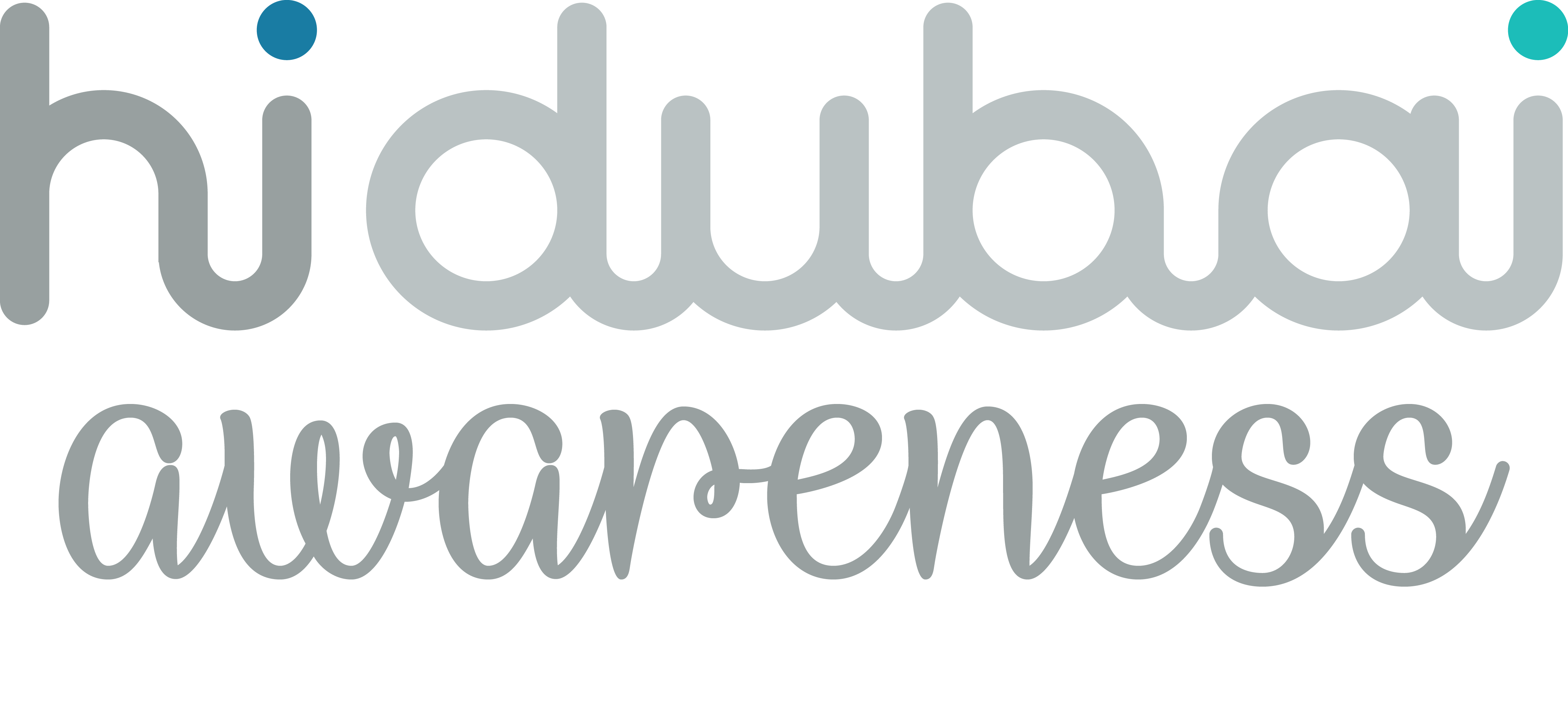Keep It Clean
An art that may have the potential to be perfected during quarantine is cleaning. Now that everyone is confined to their homes due to the ongoing pandemic, people have started paying attention and giving more importance to keeping their living space clean and hygienic. Fresh sheets and a spotless home always invoke a sense of comfort, productivity and the need to stay healthy and hygienic. Here are a few cleaning tips that may benefit us for a quick and easy-to-clean home.
Furniture Cleaning
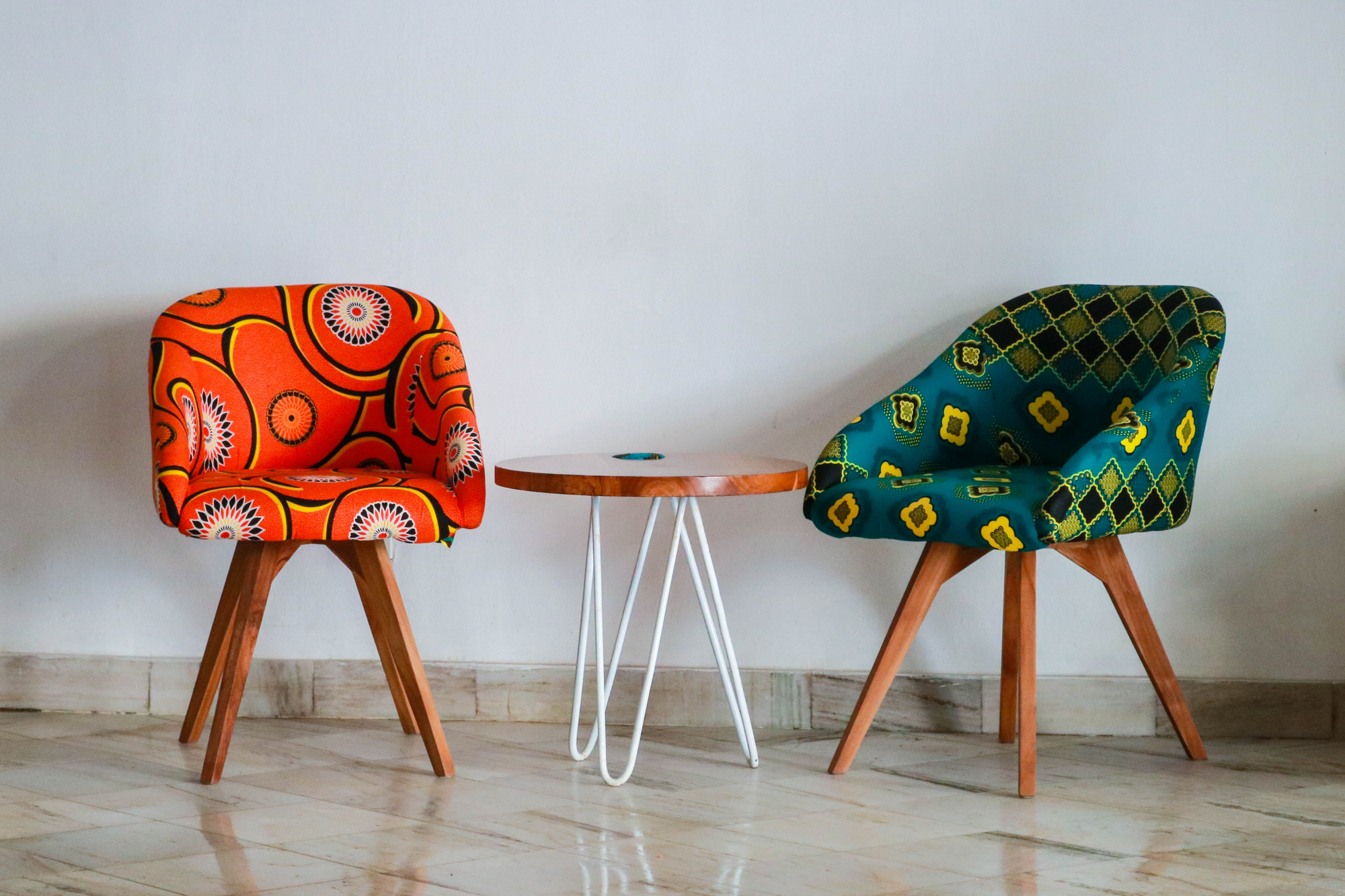
Used daily, regardless of being quarantined or not, furniture needs to be cleaned as often as possible. Due to the current situation, particular importance needs to be given to those surfaces that our hands have direct contact with, example chairs, tables, kitchen tabletops, etc. Going the extra mile and disinfecting the area after wiping it down would help keep unwanted germs away for a more extended period and ensure the safety of all members of the family. Furthermore, it is essential to understand and educate ourselves on how to clean different types of furniture around the house thoroughly. Some tips include:
Furniture made out of fabrics: or any porous or absorbent material example carpets, curtains, mattress or sofa cushions need cleaning using a steam cleaner as it helps in sterilizing the fabric and killing germs. For rugs and carpets, use a vacuum to clear off all debris and dust before going in with the steamer. Mattresses can be sun-bathed or sprayed lightly with disinfectant spray, however, make sure to let it dry completely before use.
Leather furniture and home decor: is easily wipeable and only require a light coat and cleaning with ethyl alcohol (suitable with families with children) spray or bleach-free antibacterial cleaners like Dettol and Clorox.
Wooden Furniture: vacuum interiors of cabinets and drawers to get rid of the excess dust that tends to pile up, then use a mixture of white vinegar and water to wipe down all surfaces. This will sterilize and avoid ruining the polish or the wood’s patina. No need to worry about the smell of vinegar as only a small quantity is diluted with water.
Grocery Cleaning
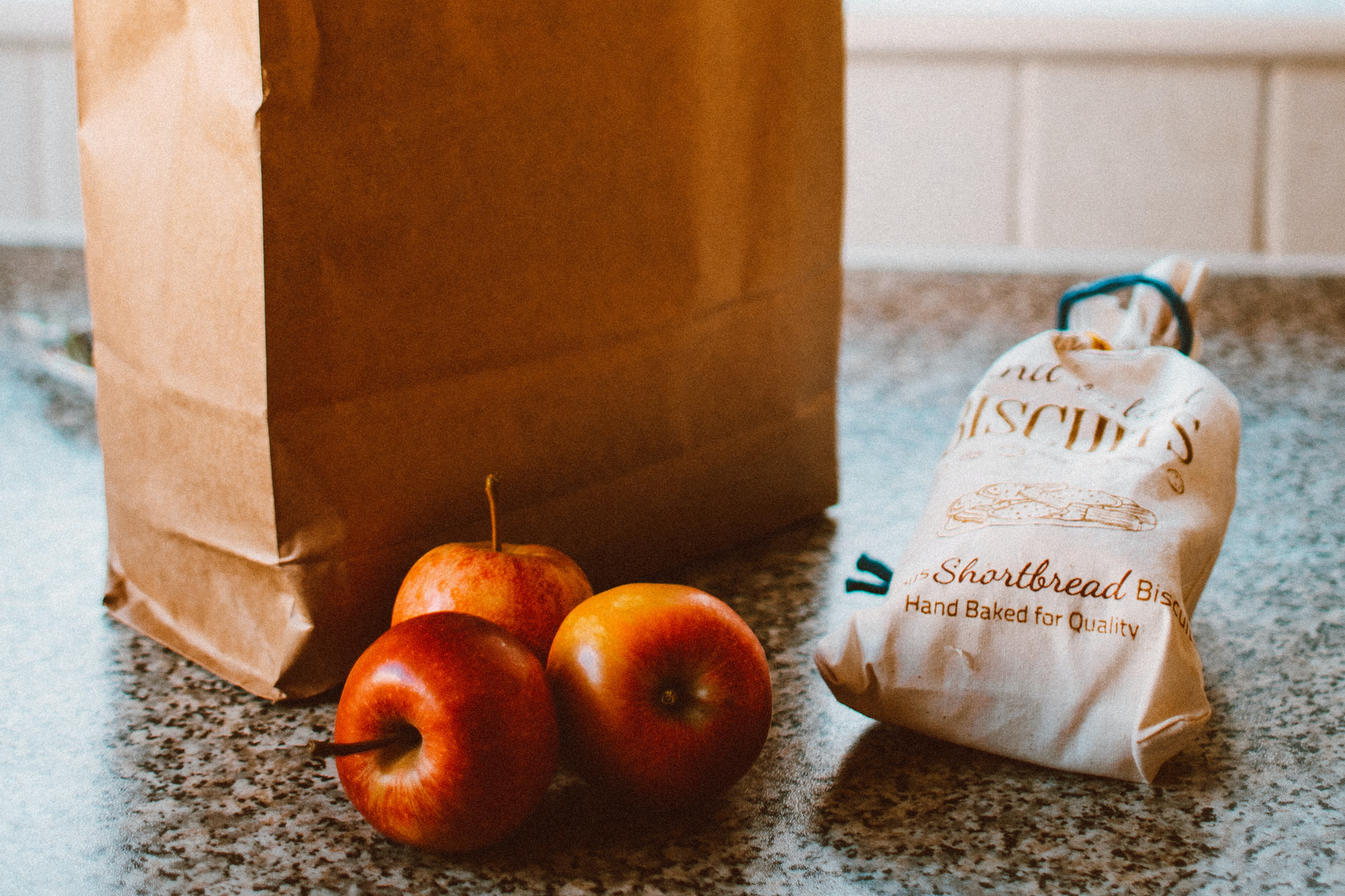
The only thing that enters your house that you do not know the whereabouts of are your groceries. Some things are ordered online and delivered while others are bought from grocery stores where numerous people have been in contact with them. Though it has not been confirmed that the virus can spread through edible grocery, it is better to be safe than sorry. Some ways to make sure that your groceries are germ free and safe to eat, is to clean them as soon as they get home.
Washing your fruits and vegetables with warm water is a good option and to completely put your mind to ease, cooking and eating them will kill off all the bacteria and germs. Other grocery items that come in canned, plastic or glass containers can also be rinsed with warm water as a precautionary measure. It is advisable to avoid using any chemical disinfectant or cleaning agent to wipe your edible grocery items as there is a risk of the chemicals seeping into the food itself. Therefore, warm water is the best bet and will most likely do the job.
Even with these precautions, we need to keep in mind that the highest risk for infection concerning grocery is the actual process of physically shopping for the items in supermarkets and grocery stores. This means that it is equally important to take the necessary steps to safeguard ourselves when making these errands. Wearing protective gear like surgical masks and gloves, keeping a mental note on touching limited surfaces and items by only touching items you intend to purchase, wiping down the shopping cart handles, keeping the interior of the car clean, spraying disinfectant spray in the trunk, avoiding person to person contact or the use of mobile phones and other accessories, maintaining safe distance in queues and not touching our face after leaving the house should be practiced by everyone.
Cleaning Products
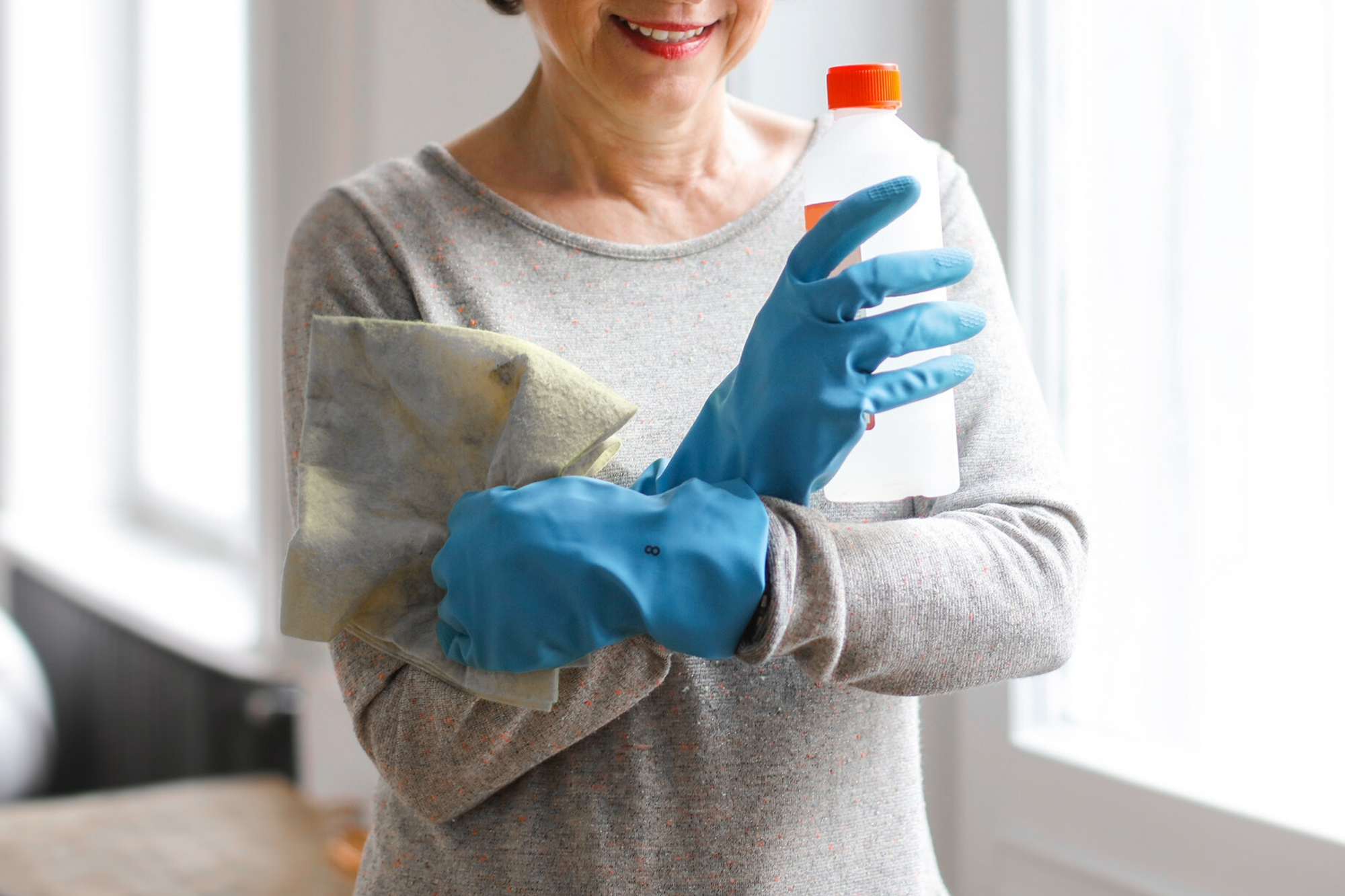
It is necessary to understand and be aware of which cleaning products work best for what type of stains and disinfection. Using cleaning products for the purpose they are made for is better and favorable than mixing chemical solutions of different products thinking it would be more effective. Not only would this cause chemical reactions from the different ingredients used, but the products real purpose of cleaning certain surfaces would be defeated by not being used for what they were designed for. Furthermore, this may turn out to be a health hazard depending on how the new chemical mixture reacts to the human body. There is a necessity in realizing that companies in charge of producing cleaning and disinfectant products have done their research thoroughly and tested their products to make sure they are safe to use by everyone. Not acknowledging their detailed and exhaustive work on the one thing these companies aim to perfect is plain ignorant and dangerous.
Another important point to be noted here is the fact that due to product hoarding, supermarket and grocery store shelves occupied by cleaning products have been sold out. This has led people to venture into home-made DIY cleaning products as an alternative solution without conducting the necessary research required to educate themselves on the ‘Do’s and ‘Don’t’. People have opted to mix natural cleaning agents with man-made ones. For instance, mixing bleach with vinegar or lemon juice resulting in the formation of a toxic gas that can affect the respiratory system and even cause skin burns. Mixing bleach and ammonia that releases a toxic vapor which can damage organs or cause eyes to burn. Another dangerous mixture is that of bleach and rubbing alcohol whose fumes can damage the nervous system. Therefore, it is of the highest importance to stick to either cleaning products and disinfectants and use them respectively for the purpose they were made. On the other hand, if using any type of chemical is out of the question then using only natural means is also acceptable as long as not mixed with chemicals.
Disinfecting Cleaning Accessories
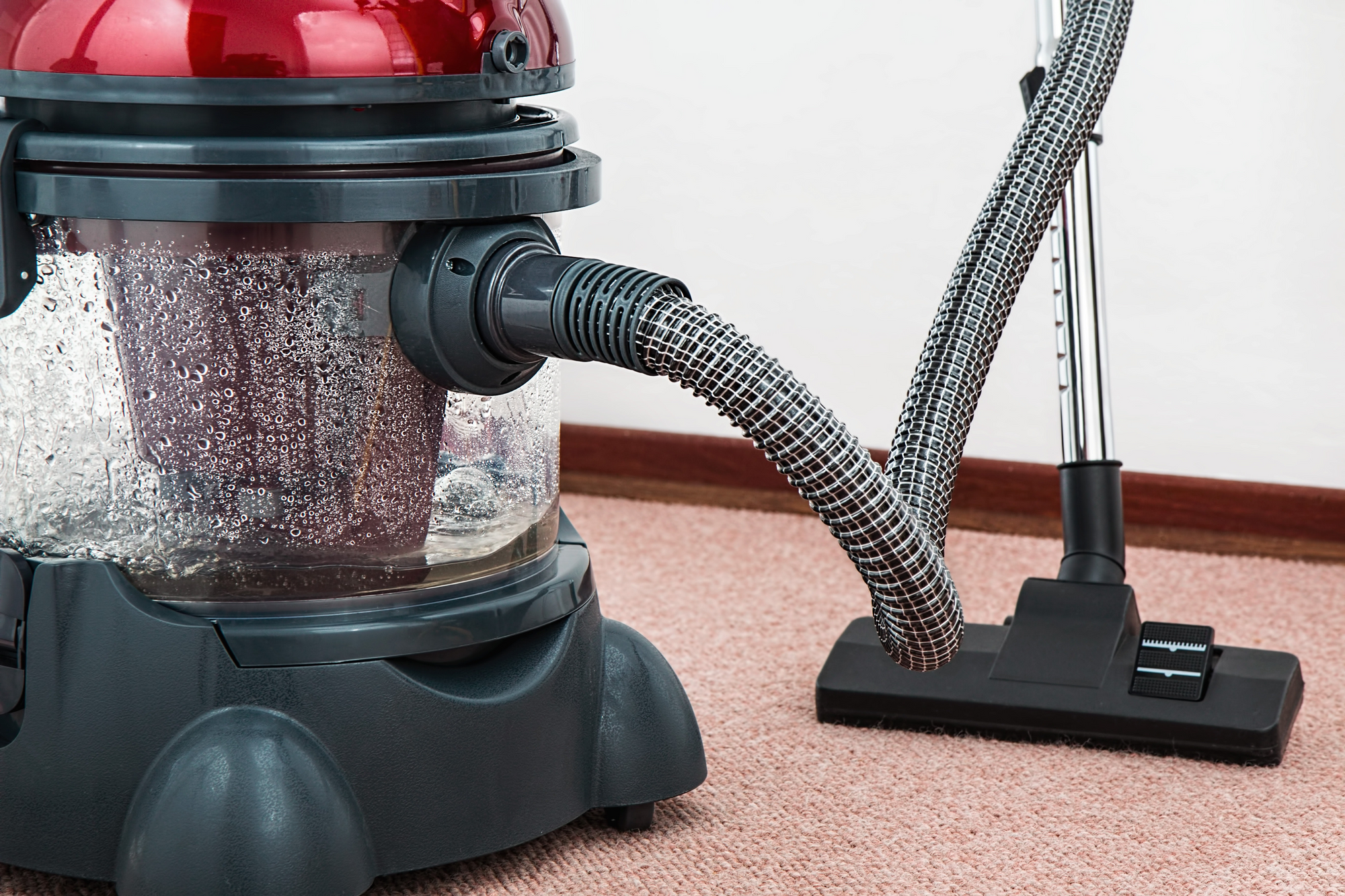
With the constant cleaning going on and every precaution taken at home to make sure the living environment is safe and hygienic, it is essential that the products we use for cleaning also to be sterilized, disposed or disinfected after every use. It may be a regular part of the cleaning process that gets overlooked, and for a good reason, as not many would think to clean the washcloth, they used to clean another object. It is like an unspoken understanding that the cleaning accessories are clean due to their constant exposure to cleaning products. However, this step should not be ignored, and precautionary measures need to be adopted to avoid any form of bacteria from festering in the least expected places. Here are a few items that may slip our radar during the cleaning process:
Vacuums and garbage bins: This is where all of the dust, debris, germs and bacteria from around the house is collected. If not cleaned regularly, bacteria and germs have time to settle and grow. Vacuums should have a designated open spot away from the living space so that no germs or bacteria can spread and latch on to other furniture or items in the house when being cleaned. The best option is to clean the vacuum every few weeks. On the other hand, bins around the house should be emptied, washed and disinfected as soon as they are full, and the garbage should be thrown away. Kitchen bins and bins placed in the room of any sick member of the family should be cleaned even more promptly to avoid food bacteria and infections from spreading.
Washcloths, sponges & mops:are cleaning accessories that tend to get wet more often than anything else in the house. It can easily become a breeding ground for bacteria which can be transferred to crockery. Mops should be sun-dried after washing away the dirt and washcloths, and sponges should be replaced after every three days.
Washroom & laundry room: These spots in the house are usually used for the removal of germs, bacteria and dirt. Making sure to clean the washroom using cleaning products and then keeping it dry is very important. Any wet patches could attract bacteria and mosquitoes. Not letting your laundry overflow before getting down to washing the clothes is essential, especially if the laundry contains sweaty clothes. Washing clothes before they began to pile up will help avoid unpleasant odor and bacteria from settling in.
Take care of your surroundings. Stay clean and healthy!

